05.04.21
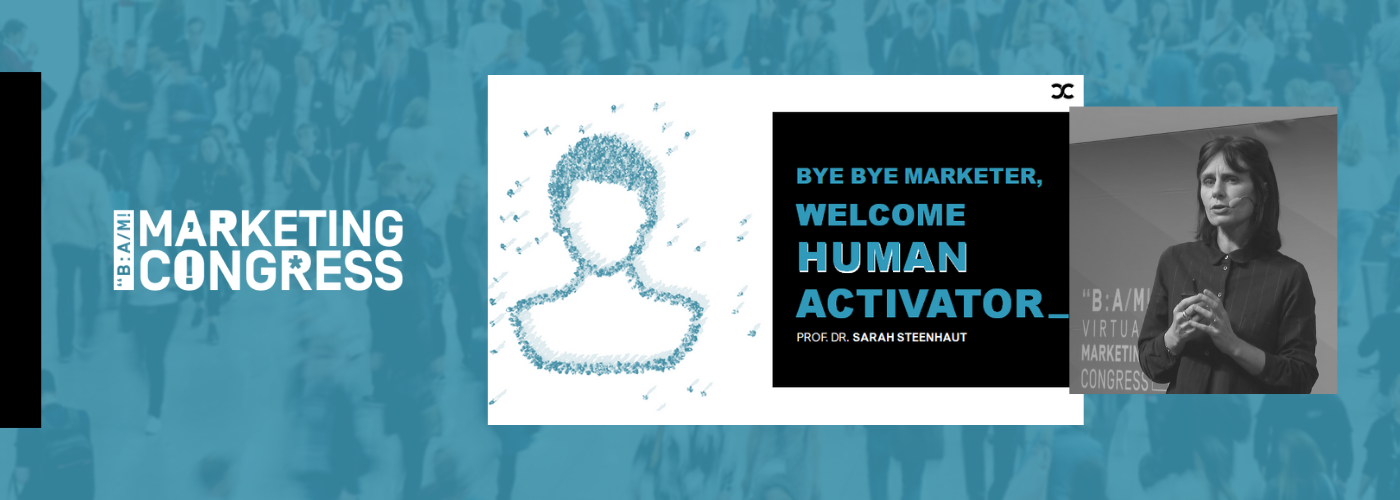
05.04.21

In November 2020, BAM, short for the Belgian Association of Marketing, organized their yearly Marketing Congress. Callebaut Collective Founding & Managing partner Prof. Sarah Steenhaut was one of the speakers at the digital event that welcomes inspiring national and international keynoters to spot future trends that will shape the marketing landscape of tomorrow. Sarah presented her keynote ‘Bye bye Marketer, welcome Human Activator’ in which she introduced a broader, human-oriented marketing approach. What’s more, her keynote was the sixth most viewed conference broadcast by over eighty congress speakers. Below we recapitulate the main points of Sarah’s ‘Act Human’ story.
Realizing that the marketing profession has seen its standing and credibility diminish in the eyes of the public over the years and that marketeers have gradually been pushed aside on corporate executive boards, the first big question Sarah handles during her keynote is: what is marketing about? The answer is simple yet very clear:
Marketing means invoking and working with existing interpersonal relationships.
Sarah is convinced that this basic definition of marketing represents the approach that can help us embrace the chaos and complexity that we are all experiencing as marketers and business leaders today. It is the right approach to get to grips with the chaos and to develop strategies and tactics in response. Because within the challenges, dilemma’s or ‘errors’, there is one feature that binds everything: human beings.
One of the fundamental qualities that we all have in common – no matter whether we are poor or rich, young or old, male or female, from the east or west – is our desire to build meaningful relationships with our environment. This environment consists not just of other people, but also encompasses products, brands, services, structures, governments and so on. Each of these relations is unique and determines how we behave and how we respond to our environment. When we succeed in understanding how these relationships between people and their context develop, and how these different types of relationships lead to (partial/temporary) satisfaction, we can respond to them. This calls for a holistic view of people.
It is important to understand that human behaviour is not arbitrary but intentional. People have unconscious desires and needs that influence their behaviour. That’s why as a marketer, you can try to better understand people, to better identify their needs, to better anticipate on changing circumstances and to better predict how their needs and behaviours will change as a result of this. You can also try to come up with answers that better address these changed circumstances. It’s not about selling a product or service; it’s about offering a state of mind.
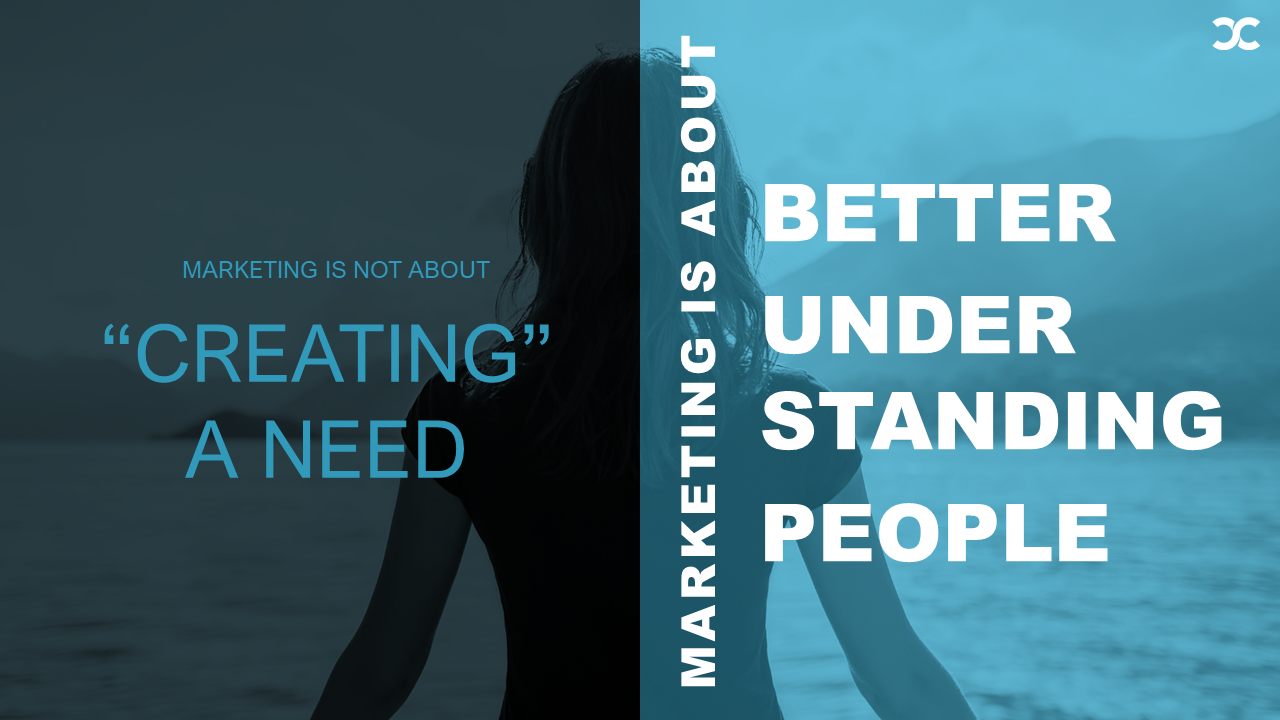
Sarah believes that every human being seeks to develop and cultivate meaningful relationships, whether as a consumer, business leader or marketer. People want to enter into a connection with the outside world. Of course, they all go about this differently; everyone looks at the world through their own lens. Our perspective on the world is coloured by our own experiences, expectations and needs. This is the perspective that frames how we look at the world and at ourselves.
The behaviour of our customers is determined by the way in which they style their relationships. We distinguish between four Human Drivers in this process, which we believe are decisive for the nature of the relationship.
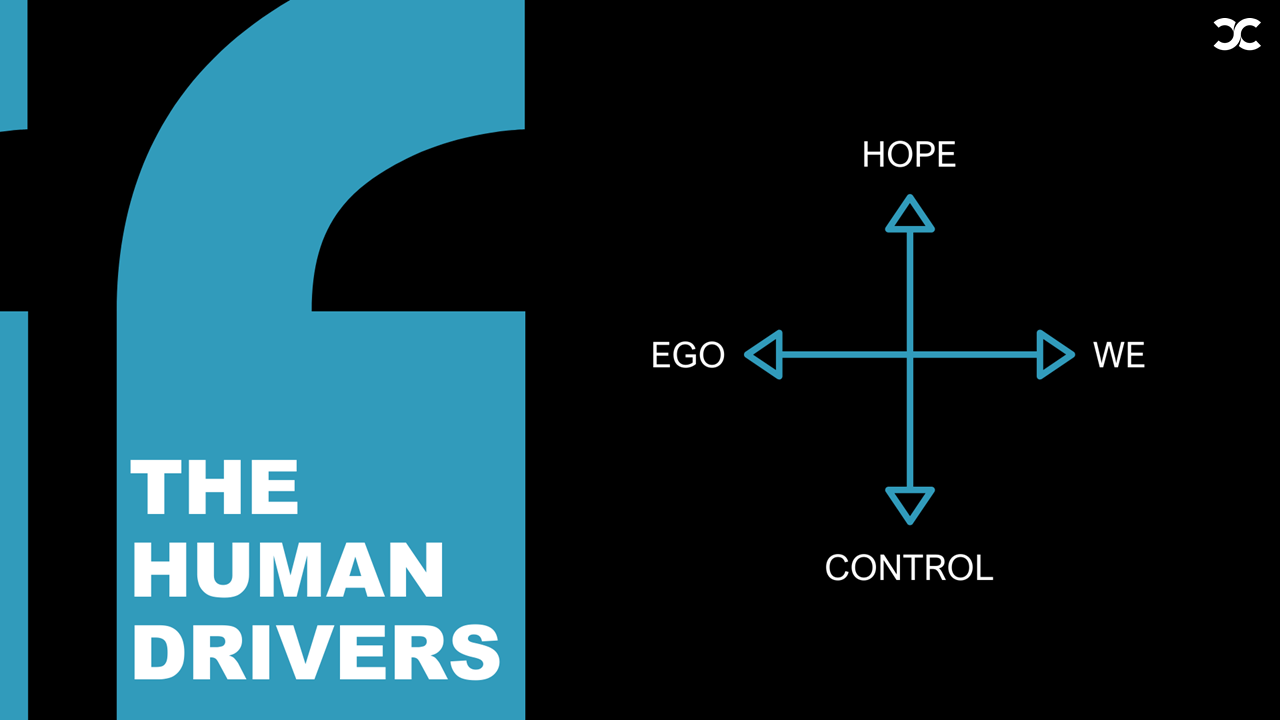
To answer these questions, we need to look beyond what big data tells us. It’s useful to have descriptive data but this doesn’t relieve us from the need to seek deeper insight into the motives of our customers. These deeper motives – the Human Drivers – are the starting point of the process that determines our strategic choices and the Act Human translation of these choices into our marketing approach.
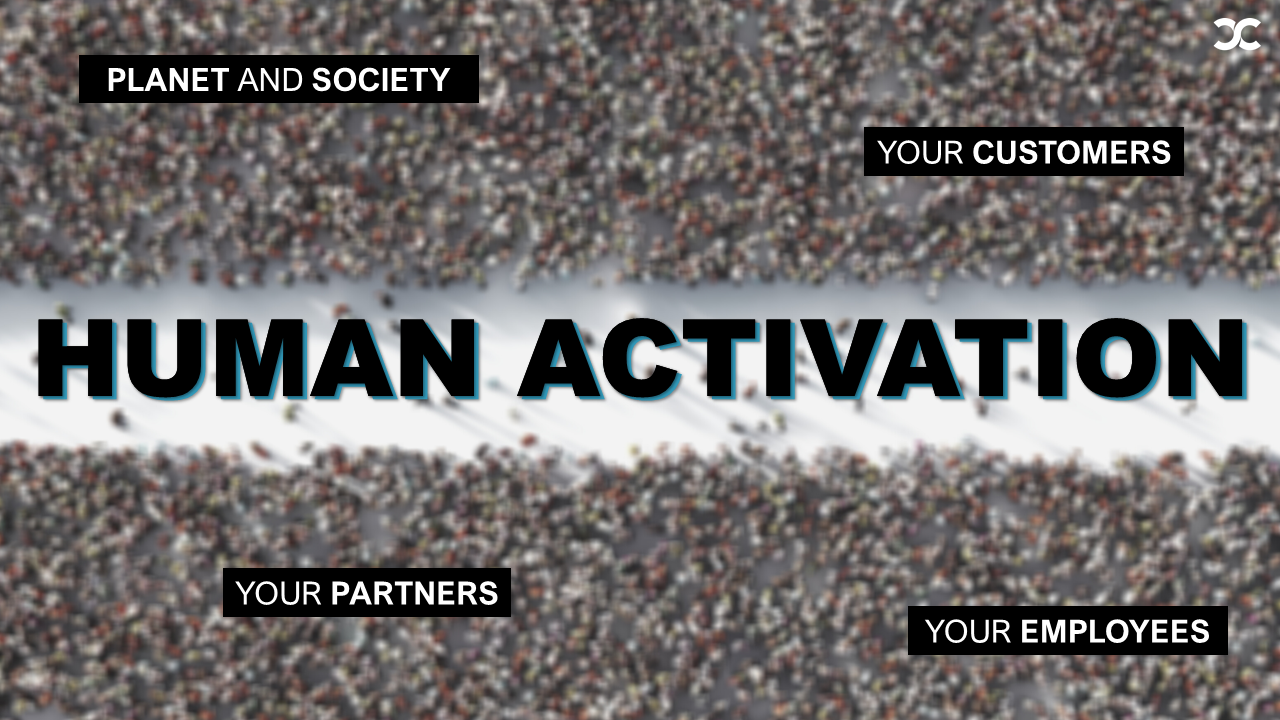
It is important to not look at the Human Drivers in an isolated way; they are only relevant when integrated in a gestalt. An overall view where the whole is greater than the sum of its parts.
It’s not just essential that you have a good understanding of the Human Drivers that make your customers choose you; it’s just as critical that you focus on the human engagement of the employees who work day in, day out to let your brand be your brand. Employees not only need to be given information; they need to be engaged as people, stimulated into change and adaptation, into involvement, connection and concern. Too often, there are two conversations going on at the same time. One inside the company, and one with the market. It is likewise essential that you focus on building interpersonal relationships with business partners inside the ecosystem, that you focus on creating mutual value together for your common end customer. And while doing so, give something back to society and the planet, as the collective of human beings.
Once you understand the Human Drivers and what motivates people, you realise how you can respond to them with technological solutions, new business models, digital tools… Once you understand the Human Drivers, you can activate people.
Marketing is about being and remaining human. Marketing is about activating human relationships. This is what the marketer should do. This is what the Human Activator does.
This is why Sarah argues for a broader, human-oriented marketing approach, one that is embodied by the Human Activator. It is the job of the Human Activator to ensure that people and society be put back at the heart of decision-making.
That inevitably means we must refocus the core of marketing by approaching brands as people that are seeking long-term, meaningful relationships with their customers and stakeholders. We are waving goodbye to the traditional marketer and welcoming the Human Activator. The Human Activator analyses individual Human Drivers and social shifts in order to place people back at the centre of the business strategy. He then aligns tools and solutions.
The key behind successful organisations is that they truly understand what drives people and that they offer effective, practical solutions in response.
Bye bye marketer, welcome Human Activator.
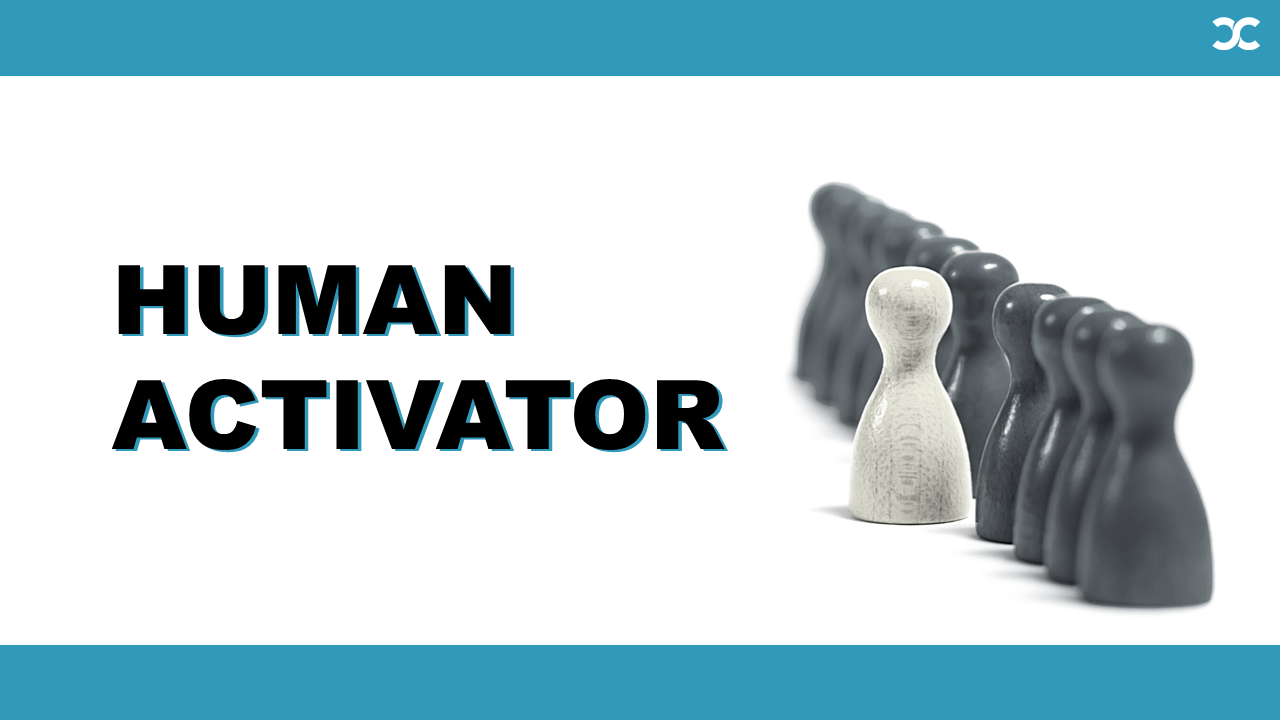
Want to watch Sarah’s full Act Human story? Watch Sarah’s keynote ‘Bye bye marketer, welcome Human Activator’ at the BAM Marketing Congress 2020 below. Interested in our book? Order your copy here.